A monumental chromolithograph of San Francisco’s magnificent Sutro Baths.
[Sutro Baths] ON THE SHORE OF THE PACIFIC OCEAN
Out of stock
Description
Key points:
1. We are excited to offer an extremely rare variant of this iconic commercial poster, with provenance to one of the great historians and collectors of San Franciscana.
2. We have found only one other example of this variant — with its striking red border and added text — which was sold at auction in New York in 2005 for $34,500.
3. Large, beautiful, and visually dramatic, the piece presents an interior view of Sutro Baths, San Francisco’s turn-of-the-century crown jewel and once the largest bathhouse in the world.
4. It is both a product of American Art Nouveau and a depiction of the modernist principles that characterized the Baths.

This spectacular color lithograph from 1896 measures an impressive 198 by 203 centimeters (78 x 80 inches). It was most likely printed by the H.S. Crocker Company, and was originally issued in four sheets as a commercial poster for the privately owned Sutro Baths, which were constructed along the Seal Rocks shoreline of San Francisco and opened to the public that same year. Ambitious in promotion as well as scale, the Sutro Baths were advertised by large billboards such as this monumental work.
The piece represents the height of America’s industrial success and the many pleasures that came with it, but it also set a bar for the American Art Nouveau movement, as manifested in the creation of beautiful posters. It gives us an historical glimpse into how social and economic security changed the perceptions we held regarding our own bodies, reflecting the time and resources human beings were willing to allocate to physical and mental well-being now that we had grown beyond the struggle for sheer survival. As such, we have here a work of art that is not only explicitly American — and explicitly modern — but which remains surprisingly pertinent in the 21st century in both content and aesthetic. It is consequently no wonder that it stands as one of the most famous and iconic early modern posters made in America.
The large single image depicts an interior view of the baths, which in themselves were an institution that in many ways embody the history of San Francisco itself. This has been explored in the Context section below. In the following, we will concentrate on providing a description of the actual poster itself. Neatline’s example is not only vivaciously colored and expertly consolidated, but it is an extremely rare variant (one of only two examples we have found), in which the border has been printed in red and the text at the bottom has been added. Despite having suffered some wear during its 125 year life-span, both the colors and imagery still stand out sharp and crisp.
From our elevated position in the northern end of the main swimming hall, we have an impressive view of all the activities taking place. The main platform at the front of the image includes a significant number of bathers, most of which are leaning against the railings, dressed in black or grey full-body swimsuits. In this most visible front row, most of the swimmers appear to be men. There are nevertheless women bathing and swimming as well. Many of them have more colorful bathing suits on, such as blues or reds, and generally seem to be active in the enclosed pools in the back of the perspective.
In the furthest pool, for example, we see one woman standing at the top of a slide, getting ready to propel herself into the water. Such slides are present in the eastern end of each of the enclosed pools. That these in fact were a major attraction of the baths and a source of great entertainment has been eternalized in two short films made by Thomas Edison himself in 1897. These films convey the excitement and novelty of the Baths, with a considerable number of well-dressed onlookers lining the elevated galleries to the south and west side of the great hall.
The hall itself is roofed by a shallow barrel vault of transparent glass, giving the whole space a lofty and distinctly spa-like feel. This grandiose roof was carried by a large steel frame painted in green to resemble oxidized copper and deliberately constructed so as to be fully visible. The raw technical look was in line with the modernist principles prevalent in the architectural aspirations of the era. This is yet another example of the impact and influence that the era’s great strides in engineering exercised on the aesthetic sphere.
Context is everything
The Sutro Baths was a large and beautiful complex constructed in western San Francisco in 1896. It was owned and commissioned by the wealthy German-American entrepreneur Adolph Sutro, who had recently been ousted as mayor of San Francisco. Sutro, who himself was educated as an engineer, was truly as man of the age. In his youth, he had used his engineering skills in the Comstock silver mines of Nevada, and built his fortune from there. His wealth was dramatically increased during the 1880s through a series of land and real-estate deals in San Francisco. Among the areas that he acquired was Land’s End, along the western coast of the San Francisco promontory.
It was in this area that he constructed the Sutro Baths, an impressive and beautifully conceived structure, which was aligned with the landscape and equipped with all the architectural trappings of the modern era. When it opened in 1896, it did so as the world’s largest indoor swimming pool. The building itself was a white wooden structure with the large cast iron and glass barrel vault above the main pools facing inland, and thus visible from the land side. It was snuggly set in a small beach cove below the famous Cliff House, which still stands and which also was owned by Sutro at the time. This meant that despite its outward beauty, the building was almost hidden from public view, appearing only at the final approach and emerging as a shining white pearl nestled among the cliffs.
Once open to the public, visitors could choose between seven different swimming pools, each with their own temperature and one being filled with fresh water — an expensive and difficult choice for the time. The salt water pools were constructed so that sluices would allow the tides to flush out the more than 2 million gallons of water once a day, thus constantly renewing the bathing water. In addition to the leisures of swimming, the Sutro complex offered a concert hall, (later) an ice skating rink, and a museum displaying Sutro’s large personal collection of artifacts, including important works of Egyptology now housed at San Francisco State University. The decision to include the museum proved providential: the artifacts were spared the fate of other collections destroyed by the 1906 earthquake and fire.
Despite its immense popularity in the beginning of the 20th century, the costs of maintaining the baths became overwhelming over time and it was eventually closed and sold to developers in 1964. Two years later, a fire burnt the entire structure to the ground. After it closed, the current owner at the time, George Whitney, asked local historian Marilyn Blaisdell to take over the enormous collection of San Franciscana that still remained in the facilities. With Whitney’s support, Blaisdell opened a shop in the Cliff House in 1964, from which this incredible collection was sold incrementally over the next twenty years.
Today, the foundations of the Sutro Baths remain visible in what is now the Golden Gate National Recreation Area under the National Park Service. Hanging from the cliffs above it, Adolph Sutro’s Cliff House remains standing and is an integral part the park’s attraction.
Provenance
From the private collection of Marilyn Blaisdell (1928-2016), a celebrated historian of San Francisco and renowned collector of historical artifacts, early photographs, and graphic materials pertaining to the city.
Cartographer(s):
Condition Description
Backed on new linen, with minor areas of loss filled in.
References
M. Blaisdell, San Francisciana: Photographs of Sutro Baths, 1984.

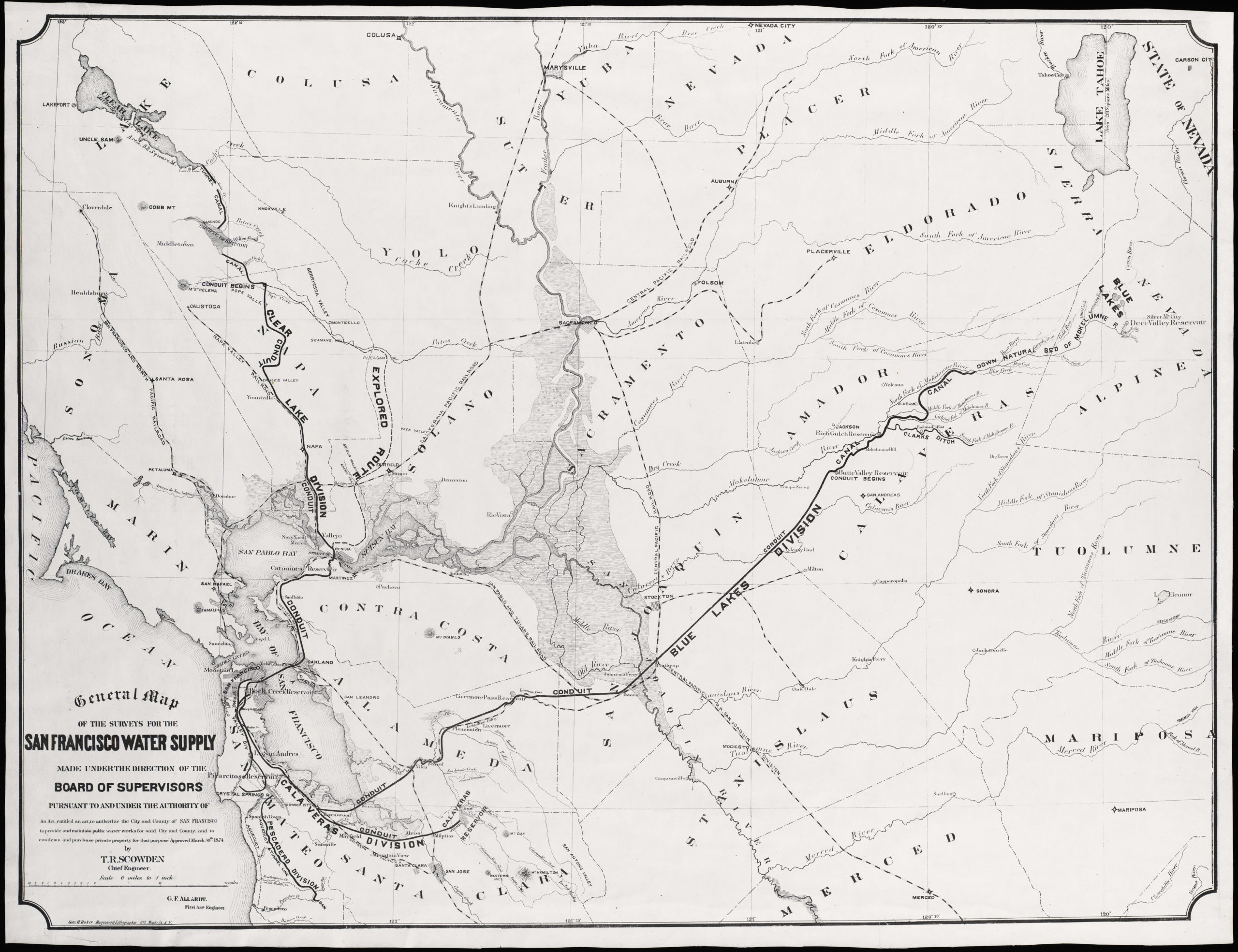
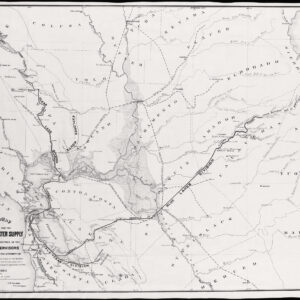
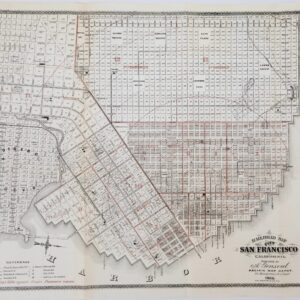
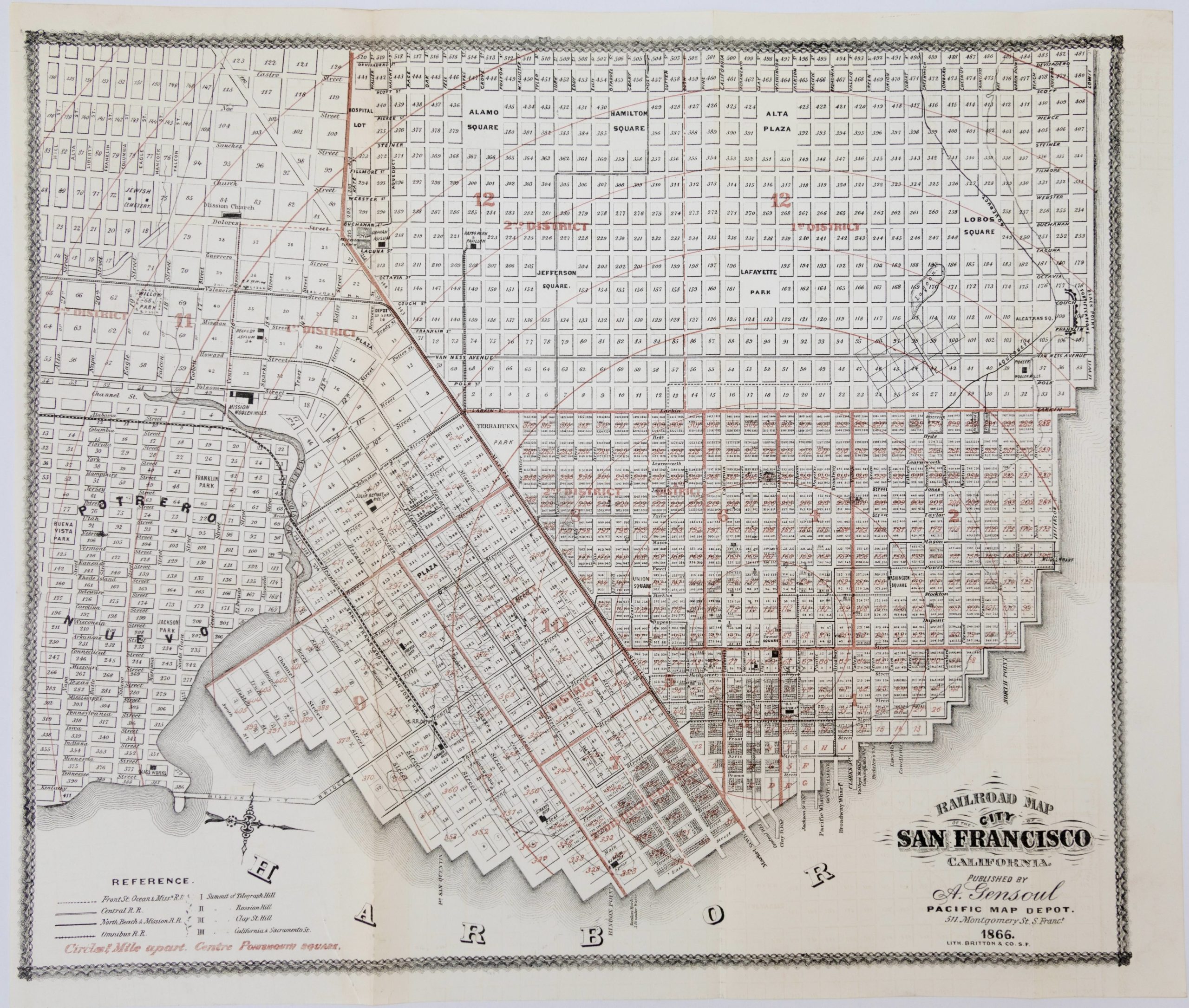
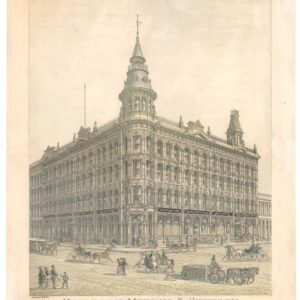
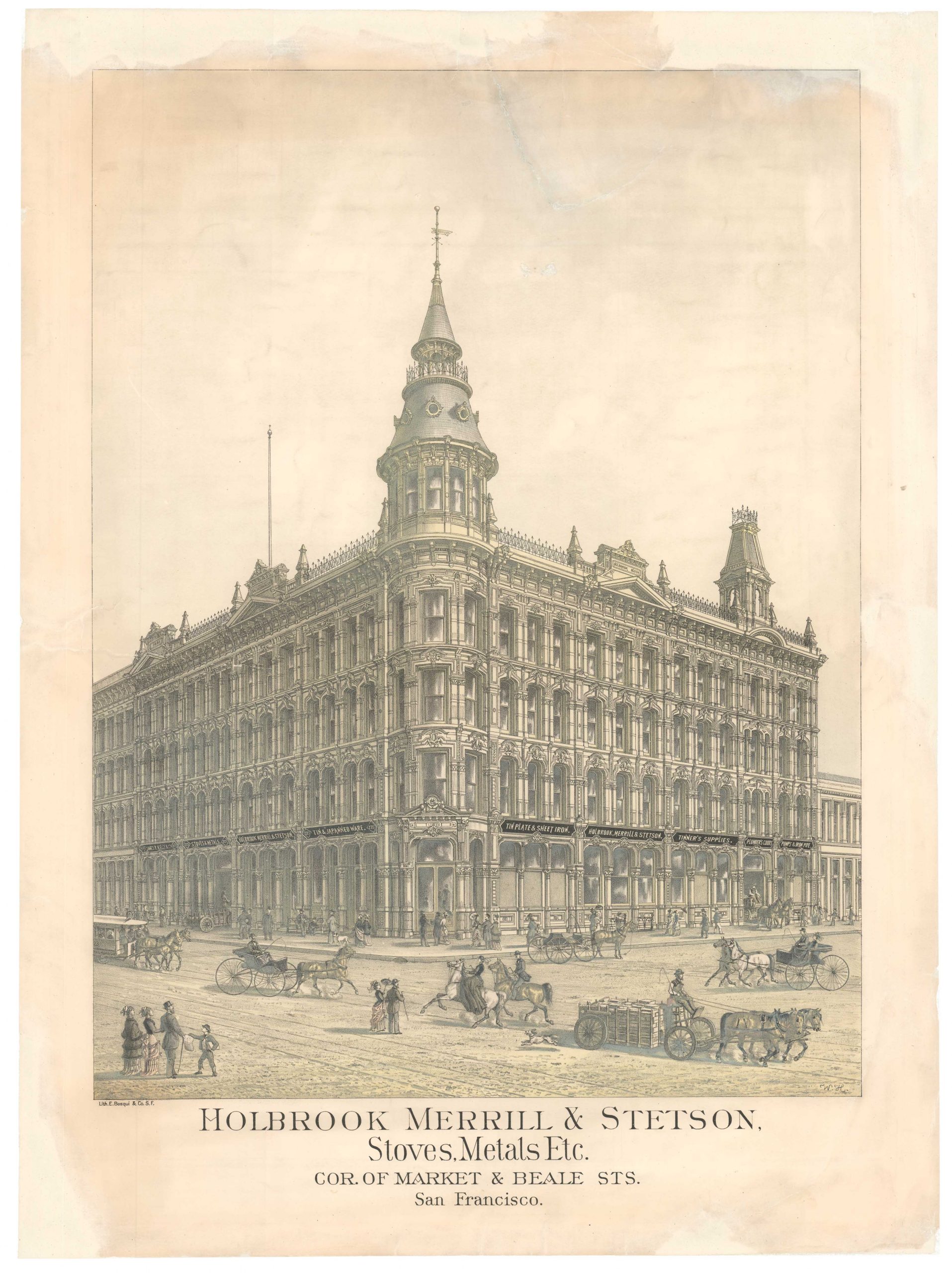
![[1906 EARTHQUAKE PANORAMA – FINANCIAL DISTRICT]](https://neatlinemaps.com/wp-content/uploads/2020/10/Screen-Shot-2023-02-06-at-6.55.56-PM-300x300.png)